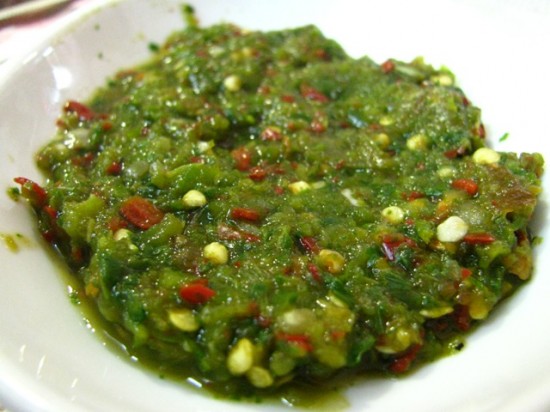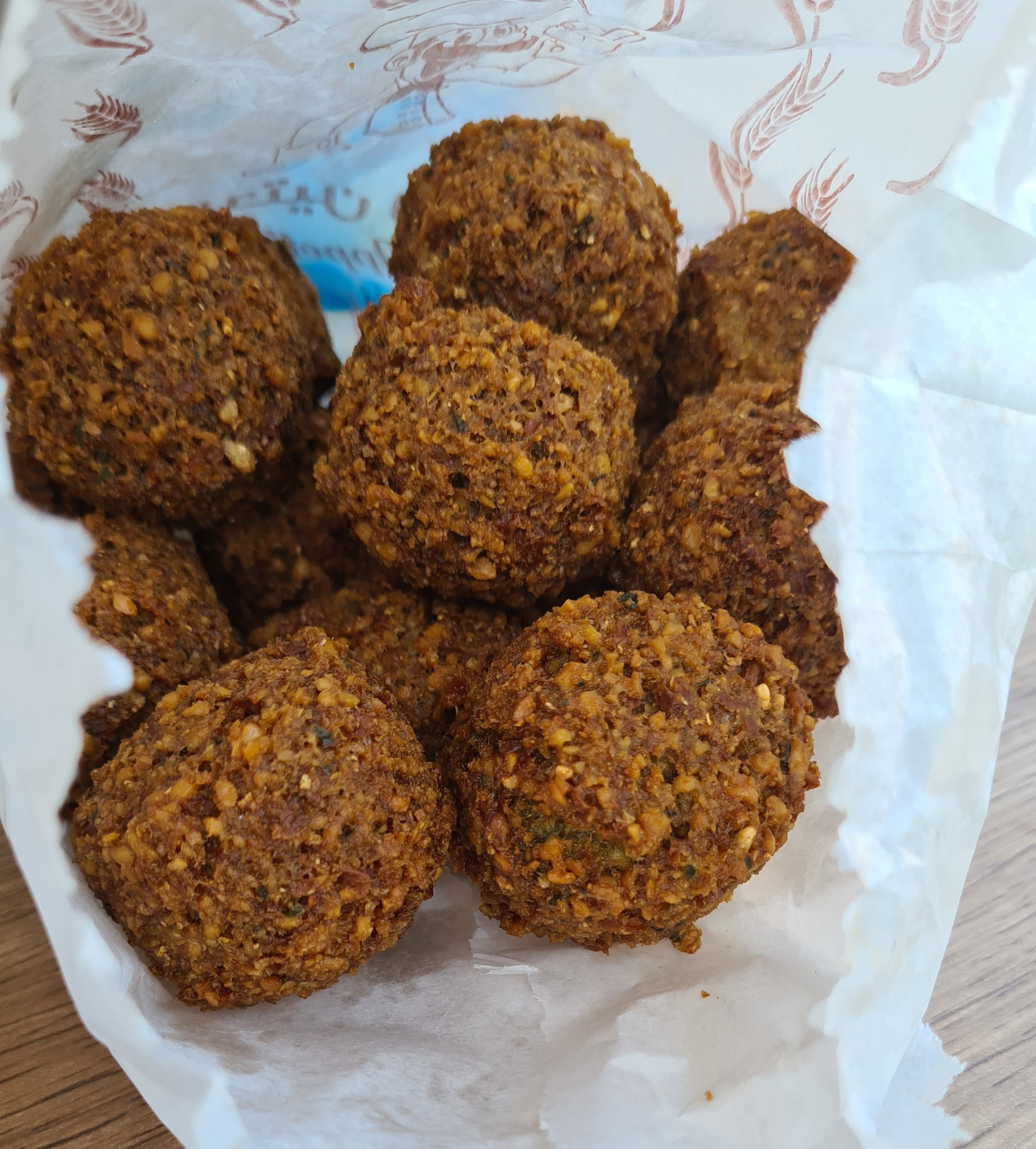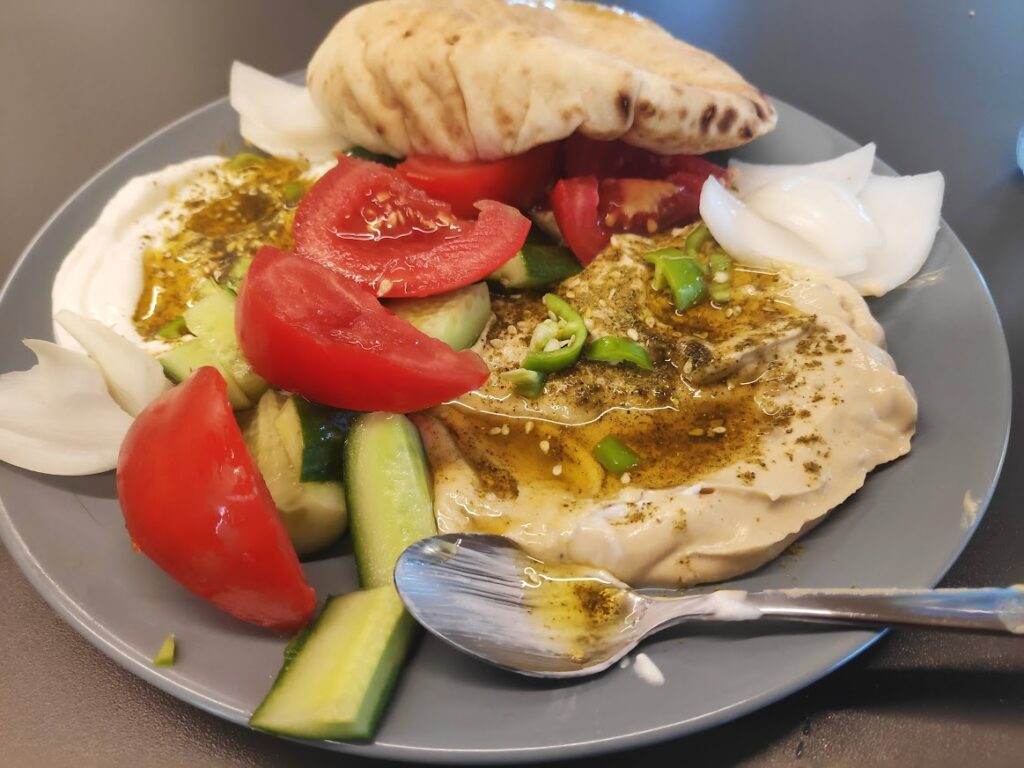by Maya | Aug 24, 2022 | Expat Life, Jerusalem

There’s often quite a bit of confusion around East Jerusalem buses, their routes, and their timetables, but we’re here to clear that up. The top three reasons you’ll want to hop on these bus lines are:
- To travel on the Jewish holidays or Sabbath (‘Shabbat’) when most public transportation is not in operation.
- You can still pay your fare in cash(!).
- To get to a neighborhood in East Jerusalem, of course!
Where They Go
Well, it’s rather apparent, but these bus routes go to East Jerusalem neighborhoods. In addition, you can take a bus line from Damascus Gate to Ramallah, Bethlehem, or to connections for Hebron, Jericho, Nablus, Tulkarem, et al.
When They Operate
Most of the bus lines operating through East Jerusalem work seven days a week, 365 days a year – yes, including Shabbat and Yom Kippur (but on the latter, they adjust routes to avoid predominantly Jewish-populated areas of the city). You’ll find that the buses run early in the morning to late in the evening, typically between 5:30 am to 10:30 pm. There is often an extended night schedule during the month of Ramadan.
How to Use The Bus
Payment can be made on the bus in cash (5.5 shekels – change is available for smaller amounts) or by using a national transit pass, known as a ‘Rav Kav’, and scanning it upon entry. There is no option to scan a QR code or pay by an app at the time of publishing (August 2022). If you’re using a Rav Kav, you can easily transfer between any bus and the light rail. If you paid cash, keep your receipt as proof of purchase – you can typically use this up to 90 minutes from when you first started your trip to transfer to other East Jerusalem buses only.
Riding the bus can be a different experience depending on the day, time, route, and destination. Generally, you’ll find it common for men to give up their seats (without being asked) for women, and young adults will give up their seats for elders. Although there is no particular dress code, it is best to dress at least somewhat modestly (say, avoid crop tops and shorts). Speaking of modesty, exhibiting respectful behavior (not speaking loudly, for example) will benefit you.
Knowing when to get off – pay attention to the automated system in the bus, which will typically announce stops. If there is none (or it’s hard to hear/understand), follow along live with a mobile app like Moovit.
Getting off at your stop can be done by pushing a button. On some buses, you’ll push the button on the side of one of many vertical poles within the bus. On others, look directly above your seat – they’ll typically be yellow in color or the biggest button.
East Jerusalem Bus Lines
These bus lines originate from one of three clusters between Damascus Gate and Salah a-Din street in Jerusalem, all of which informally form an expanded area colloquially known as the ‘East Jerusalem Central Bus Station.’

201 – Issawiya
The 201 Jerusalem bus line goes through Sheikh Jarrah, Mount Scopus, French Hill, and ends in Issawiya.
Key Points of Interest:
- St. Joseph Hospital
- Hebrew University
- Hadassah Mt. Scopus (a.k.a. Hadassah Issawiya)
- Hebrew University dormitories
- Araba’in Mosque
- Issawiya football field
203 – Sur Baher
The 203 bus line passes Abu Tor, through Jabal Mukaber, Sur Baher, and Umm Tuba.
Key Points of Interest:
- Cinematheque
- Haas Promenade
- Gazil Junction
- Al-Madinah al-Munawwarah
204 – Muntar
The 204 bus line goes past Abu Tor, Armon Hanatziv, East Talpiyot, and through Jabal Mukaber to Muntar.
Key Points of Interest:
- Cinematheque
- Haas Promenade
- Abu Hamid Jazali School
205 – Jabal Mukaber
The 205 bus line passes Ras al Amud to Jabal Mukaber and Al-Sawahra al-Gharbiyye.
Key Points of Interest:
- Mount of Olives
- Sheikh Sa’ad
- Zala’a School
206 – Jabal Mukaber
The 206 bus line passes Ras al Amud to Jabal Mukaber and Al-Sawahra al-Gharbiyye. It takes a similar route to that of the 205 bus.
Key Points of Interest:
- Mount of Olives
- Sheikh Sa’ad
- Zala’a School
207 – Shuafat Refugee Camp
The 207 bus goes through Sheikh Jarrah, passes French Hill, goes through part of Shuafat, and ends up in the Shuafat Refugee Camp.
Key Points of Interest:
- St. John and St. Joseph Hospitals
- Givat Hamivtar Light Rail Station
- Anata Checkpoint
- Shuafat Terminal
218 – Ramallah
The 218 is an express bus from Damascus Gate to Ramallah. It goes through Sheikh Jarrah, passes by Beit Hanina, Pisgat Zeev, Neve Yaakov, Kafr Aqab, and Qalandiya.
Key Points of Interest:
- St. John Hospital
- Helen Keller School
- Dahiat al Barid
- Bir Nabala Junction
- Kafr Aqab school
- Qalandiya checkpoint
- Atarot
- Ramallah terminal
226 – A-Tur
The 226 passes by Wadi Joz and goes through At-Tur.
Key Points of Interest:
- Red Crescent Hospital for Women
- Brigham Young University (a.k.a. The Mormon University)
- A-Tur Junction
- HaZeitim Junction
- Zaitoun Checkpoint
231 – Beit Jala
The 231 passes by Abu Tor, Talpiyot, Beit Safafa, and through Beit Jala and Bethlehem.
Key Points of Interest:
- Cinematheque
- Bank Junction (Tzomet Habankim)
- Tunnel Checkpoint
- Al-Khader Church
- Beit Jala Checkpoint
232 – Beit Safafa
The 232 passes by Abu Tor and Talpiyot, and goes throughout Beit Safafa.
Key Points of Interest:
- Cinematheque
- Bank Junction (Tzomet Habankim)
- Beit Safafa High School
- Mosque Square
- Beit Safafa Primary School
234 – Bethlehem
The 234 passes by Abu Tor, Talpiyot, Beit Safafa, and ends at Checkpoint 300.
Key Points of Interest:
- Cinematheque
- Bank Junction (Tzomet Habankim)
- Checkpoint 300 (Bethlehem)
- Rachel’s Tomb
236 – Ras al Amud
Key Points of Interest:
- Mount of Olives
- Shbiba School
- Volcan College
- Ras al Amud Square
246 – Atarot
The 246 is a route that goes between Qalandiya Checkpoint and the Atarot Industrial area.
Key Points of Interest:
- Qaladia Checkpoint
- Atarot Mall
- Industrial Zone
254 – Anata
The 254 passes through Sheikh Jarrah, Shuafat, and Anata.
Key Points of Interest:
- Givat Hatahmoshet Light Rail Station
- Givat Hamivtar Light Rail Station
- Al Hayat Medical Center
- Anata Checkpoint
- Khaled bin al Waleed Mosque
255 – A-Tor
The 255 passes through Sawana and A-Tor.
Key Points of Interest:
- Church of Ascension
- Makassed Hospital
- Mormon University (BYU)
- Hilal Hospital
256 – Silwan
The 256 passes by Ras al Amud and through Silwan.
Key Points of Interest:
- Ras al Amud
- Salach Intersection
257 – Ras Al Amoud
Key Points of Interest:
- Mount of Olives
- Ras al Amud Square
263 – Abu Dis
The 263 passes through Wadi Joz, Izariya, and Abu Dis.
Key Points of Interest:
- Ministry of Interior
- Abu Dis University
273 – Ramallah
The 273 goes through Sheikh Jarrah, then straight on to Beit Hanina and then Qalandiya and on to Ramallah.
Key Points of Interest:
- Saint Joseph and Saint John Hospitals
- Talat Hizma
- Baladi Mall
- Atarot
- Qalandiya Checkpoint
274 – Ramallah
The 274 goes through Sheikh Jarrah, Shuafat, Beit Hanina, Qalandiya.
Key Points of Interest:
- Saint Joseph and Saint John Hospitals
- Beit Hanina Light Rail Station
- Baladi Mall
- Atarot
- Qalandiya Checkpoint
275 – At-Tur
Key Points of Interest:
- Hilal Hospital
- Mormon University
- Augusta Victoria
- Makassed Hospital
- Church of the Ascension
276 – Abu Tor
The 276 is a bus route that primarily goes through Abu Tor/A-Thuri, passing through Silwan along the way.
Key Points of Interest:
- Cinematheque
- Ahmad Samih Khalid School
- City of David
285 – A-Zaim
The 285 goes through At-Tur and A-Zaim.
Key points of interest:
- Brigham Young University
- Hilal Hospital
- A Zaim Checkpoint
286 – Abu Tor
The 286 goes around the Old City, as well as through parts of Silwan and Abu Tor (A-Thuri).
Key points of interest:
- Herod’s Gate
- Lion’s Gate
- Dung Gate
- Jaffa Gate
- Cinematheque
287 – Wadi Joz
The 287 is a bus line that primarily acts as a shuttle through Wadi Joz.
- Ministry of Interior
- Al-Muqadasi
Looking to get to the airport? Check here for transportation to Ben Gurion Airport.
by Maya | Sep 28, 2020 | Recipes
The Middle East is certainly hot and spicy … and we don’t just mean the people! Cuisine in the region bursts with flavor waiting to test your tastebuds. Can you stand the heat? Get in the kitchen and try out this quick and easy recipe for a delicious spicy sauce called ‘Zhug’ (סחוג) in Hebrew and known as ‘Shatta’ (شطة) in Palestinian Arabic. There are red and green versions of our team’s favorite ethnic condiment, so we’ve provided you with both (even though we prefer the green version or “zhug yarok”).
Green Zhug Recipe

Spicy green condiment known as sahaweq/zhug/shatta.
Ingredients:
- 1 cup of finely chopped fresh cilantro (coriander)
- 5 serrano peppers (serrano are skinny and slightly longer green peppers)
- 3 large garlic cloves
- 1/3 teaspoon cumin
- 1/3 teaspoon salt
- 1 teaspoon water
- 2 tablespoons of olive oil
Preparation:
- Wash the serrano peppers. Seed them and remove the white pith. Chop coarsely and place in a food processor.
- Wash the cilantro well and pat dry. Remove stems and chop the leaves. Add to the food processor.
- Peel the garlic and add to the pepper and cilantro mixture. Add cumin and salt.
- Blend. Add water and olive oil as needed. Blend until desired consistency is reached.
Red Zhug Recipe

Delicious red sahaweq/shatta, also known as harissa.
Ingredients:
- 5 oz of dried hot red peppers
- 2 tablespoons of cumin
- a couple of pinches of black pepper
- 7 cardamom pods, ground
- 2 whole heads of garlic, peeled and chopped
- pinch of salt
- 2 pieces of cilantro, washed, stemmed and chopped
Preparation:
- Add all above ingredients to a stone or clay mortar.
- Grind into a paste with the pestle.
Either of the above Middle Eastern spicy condiment recipes can be used for a variety of dishes. Marinate a protein (such as fish) in the sauce, douse over sides like rice or hummus, or take a piece of bread and spread it on in a thick layer for a great bite!
This spicy sauce condiment goes great with Palestinian food, too.






